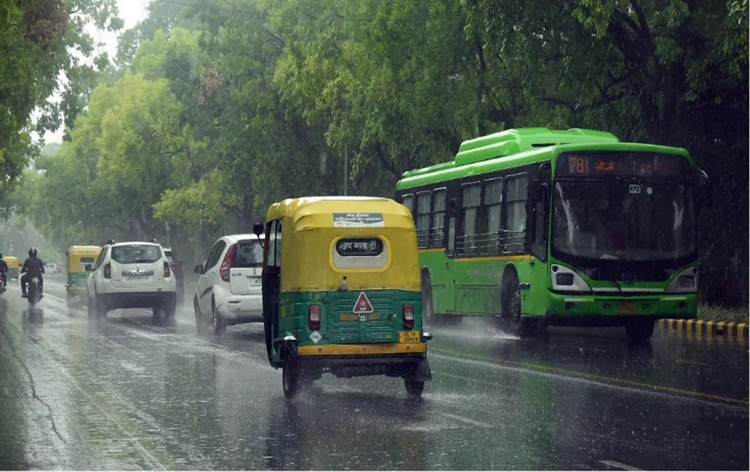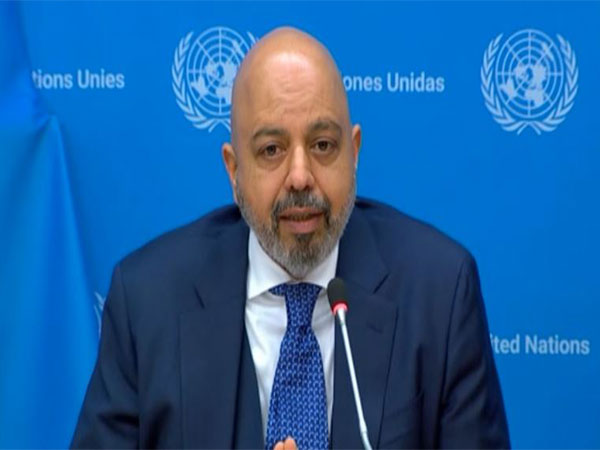Monsoon starts retreating from India, rain deficit further goes down

The India Meteorological Department (IMD) recently announced that the monsoon’s retreat from India commenced on September 25, 2023, marking an eight-day delay from the usual withdrawal date of September 17. This marks the 13th consecutive year of a delayed monsoon retreat, raising concerns about its impact on agricultural production.
Traditionally, the southwest monsoon sweeps over Kerala by June 1 and blankets the entire country by July 8. Subsequently, it begins to withdraw from northwest India around September 17 and typically exits the Indian subcontinent by October 15. However, this year’s prolonged rains have disrupted this pattern, extending the rainy season beyond the norm.
The extension of the monsoon into late September has had both positive and negative consequences. While the rains have helped reduce a precipitation deficit caused by an unusually dry August, they have also prolonged the agricultural calendar, creating challenges for farmers.
August 2023 was particularly harsh, ranking as the driest month in India since 1901 and the hottest ever recorded. This parched month resulted in moisture stress and raised concerns about declining crop yields. However, the unexpected September rains have come as a boon, attributed to the positive Indian Ocean Dipole and favorable Madden-Julian Oscillation.
One of the most critical impacts of a delayed monsoon retreat is on agricultural production, especially in northwest India. The monsoon’s timely arrival and retreat play a crucial role in the Rabi crop production, and any delay can disrupt the planting and harvesting schedules, affecting crops such as wheat, barley, and mustard.
The delayed monsoon retreat has brought hope to key agricultural regions by replenishing soil moisture and reservoirs. This has benefited major crops like rice and soybeans, leading to an increase in the overall acreage of kharif crops. Despite the earlier monsoon deficit, this year’s extensive sowing areas for crops like paddy, sugarcane, and coarse cereals have surpassed the ‘normal’ acreage based on the average of the last five years.
However, not all crops have fared equally well. The acreage of pulses and oilseeds has witnessed a decline in comparison to the previous year, posing concerns for these important agricultural sectors.
The surplus rainfall in September has also raised hopes of easing food inflation in India. It may provide the Reserve Bank of India (RBI) with more room to maneuver in terms of monetary policy, potentially stimulating economic growth.
While the delayed monsoon retreat has posed challenges for agricultural scheduling and production, it has also brought relief to parts of India grappling with moisture stress. The extended rainy season in 2023 is a reminder of the climate’s unpredictability and its profound impact on the nation’s agriculture and economy.









